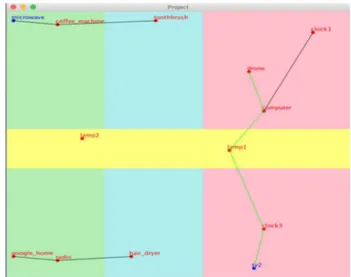Internet-of-Things (IoT) shortest path algorithms and communication case studies for maintaining connectivity in harsh environements
Texte intégral
Figure




Documents relatifs
L’archive ouverte pluridisciplinaire HAL, est destinée au dépôt et à la diffusion de documents scientifiques de niveau recherche, publiés ou non, émanant des
Figure 7: Dependencies of average deviation of the best decision quality from optimum ∆Q (a, d), probability of finding decision p (b, e) and probability of finding optimal decision
Proposition 3 (Optimal policy) (a) In private equilibrium, VC portfolio size and managerial support per firm are too small.. A small capital gains tax on VC profits involves first
These RPL-based networks may be exposed to a large variety of attacks [2], but the deployment of security mechanisms may also be quite expensive in terms of resources.. In that
As regards transitions to work and labour market integration, main results show fairly large positive effects for private sector employment programs.. It is worthwhile to be aware
Herein, we evidence that the change of the physical state of ZnO-alkylamine hybrid material when exposed to air is due to the partial carbonation of the alkylamine into AmCa
Dies beinhaltet aber faktisch, daß τρόπος τής ύπάρξεως nicht nur auf den Sohn angewendet wird, sondern auch auf den Vater, mindestens in indirekter Weise (vgl..
RESCU was initially used to analyze how changes in team size, robot-autonomy characteristics, and the human–robot in- terface affect the HMRS’s performance [19], [20]. In this paper,